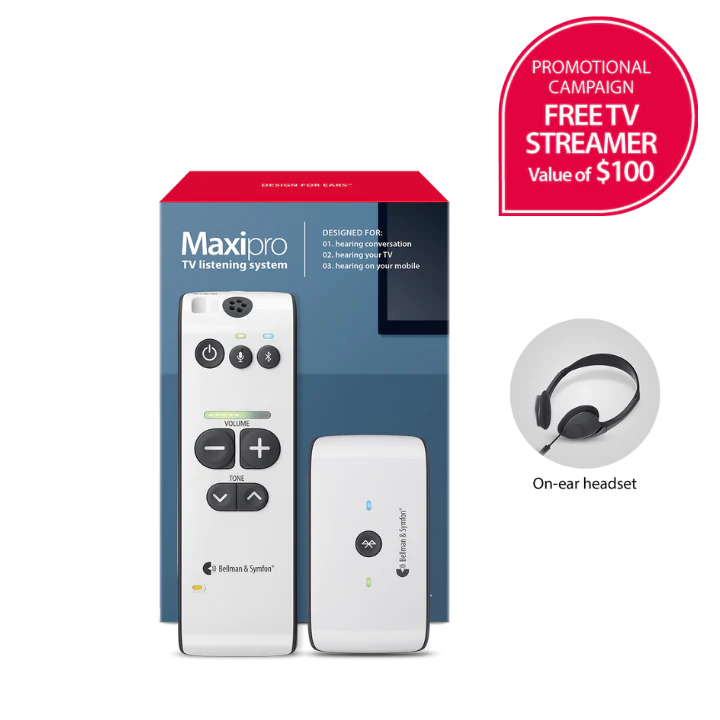Hearing loss can significantly impact one's quality of life, affecting communication and social interactions. Fortunately, advancements in technology have led to the development of hearing aid amplifiers, offering an accessible solution for individuals experiencing mild to moderate hearing loss.
Understanding Hearing Aid Amplifiers
What Are Hearing Aid Amplifiers?
Hearing aid amplifiers, also known as personal sound amplification products (PSAPs), are electronic devices designed to enhance sound for individuals with hearing difficulties. Unlike traditional hearing aids, which require professional fittings, hearing aid amplifiers can be purchased over-the-counter without a prescription.
How Do Hearing Aid Amplifiers Work?
These devices consist of a microphone to capture sound, an amplifier to increase sound levels, and a receiver to deliver amplified sound into the ear. By amplifying incoming sound waves, hearing aid amplifiers help individuals with hearing loss to hear more clearly and effectively.
Benefits of Hearing Aid Amplifiers
Accessibility
One of the key advantages of hearing aid amplifiers is their accessibility. Unlike traditional hearing aids, which may require appointments with audiologists and significant financial investment, hearing aid amplifiers can be easily purchased from pharmacies, online retailers, and other stores without the need for a prescription. This accessibility makes them an attractive option for individuals seeking immediate relief from hearing difficulties.
Affordability
Cost is often a significant barrier to obtaining hearing aids for many individuals. hearing aid amplifiers offer a more affordable alternative, making them accessible to a broader range of people. While traditional hearing aids can cost thousands of dollars, hearing aid amplifiers are available at a fraction of the price, making them a cost-effective solution for mild to moderate hearing loss.
Customizable Settings
Many hearing aid amplifiers come with customizable settings, allowing users to adjust volume levels and settings to suit their specific needs and preferences. This customization ensures a more personalized hearing experience, enhancing comfort and clarity for the wearer.
Discreet Design
Hearing aid amplifiers often feature a discreet and lightweight design, making them less conspicuous than traditional hearing aids. This design feature is particularly appealing to individuals who may feel self-conscious about wearing hearing devices, allowing them to discreetly improve their hearing without drawing unwanted attention.
Choosing the Right Hearing Aid Amplifier
Factors to Consider
When selecting a hearing aid amplifier, several factors should be taken into account to ensure the best fit and performance:
Degree of Hearing Loss: Determine the severity of your hearing loss to choose an amplifier that meets your specific needs.
Features: Consider the features offered by different amplifiers, such as volume control, background noise reduction, and battery life.
Comfort and Fit: Look for amplifiers that are comfortable to wear for extended periods and offer a secure fit.
Durability: Choose a device that is durable and built to withstand daily use and wear.
Conclusion
Hearing aid amplifiers offer a convenient and affordable solution for individuals experiencing mild to moderate hearing loss. With their accessibility, affordability, and customizable features, these devices have the potential to significantly improve the quality of life for millions worldwide. By understanding the benefits and considerations associated with hearing aid amplifiers, individuals can make informed decisions to enhance their hearing and overall well-being.






Comments